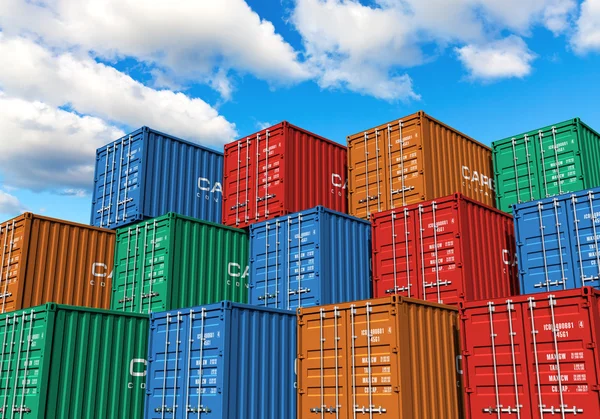
The Port of Los Angeles has experienced numerous peaks throughout its 117-year history, but July’s peak was unlike any other. It wasn’t fueled by organic growth in consumer demand, nor a seasonal holiday spike. Rather, it was the physical embodiment of a policy shock: shippers scrambling to front-load cargo before uncertain tariff increases under President Donald Trump’s “reciprocal” trade regime.

1. Record-Breaking Cargo Under Tariff Pressure
In July, the Port of Los Angeles moved 1,019,837 twenty-foot equivalent units (TEUs), more than even during its pandemic-highs. Imports alone totaled nearly 544,000 TEUs, a year-over-year increase of 8%. Executive Director Gene Seroka attributed the surge to “importers hustling to bring in cargo ahead of potential tariff hikes.” The boom was echoed next door at the Port of Long Beach, which moved 944,232 TEUs, its busiest July on record. But Seroka cautioned that “goods coming into the U.S. may have just peaked,” as warehouses creak under the load of inventory piled up.
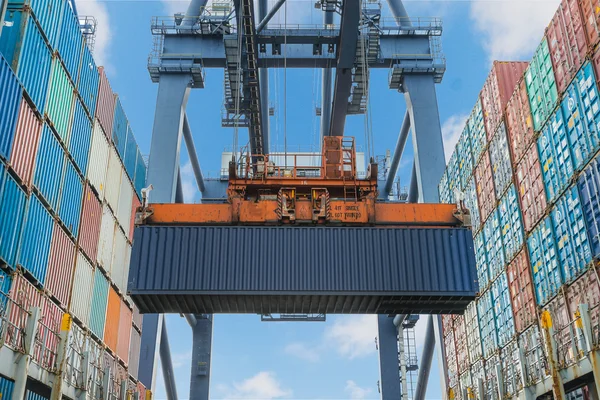
2. The Supply Chain Front-Loading Engineering
Such front-loading necessitates meticulous coordination between shipping, port operations, trucking, and rail. By C.H. Robinson’s Mike Short’s account, the 2025 “peak season” opened two to three months ahead of schedule and was already winding down prior to its normal conclusion. The July operational achievement came with 107 vessel calls, of which 16 were megaships of more than 13,000 TEUs and 11 unscheduled “extra loaders.” All this throughput was made possible through sophisticated port logistics platforms such as the Port Optimizer, which combines real-time tracking of vessels, berth scheduling, and customs clearance to keep dwell times low even amid record arrivals.
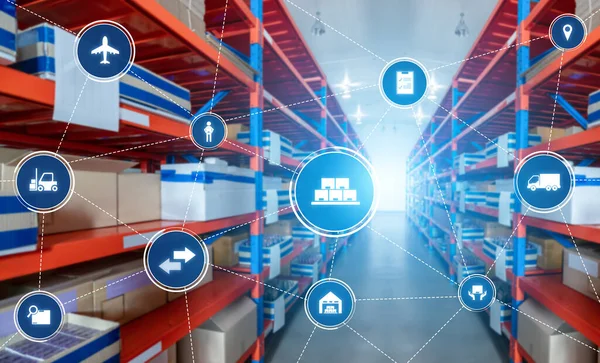
3. AI as a Shock Absorber in Trade Disruptions
The tariff turbulence has stimulated faster take-up of AI-based supply chain software. Richard Howells, SAP’s vice president for supply chain, noted, “That’s how it was during the financial crisis, Brexit and COVID. And it’s what we’re seeing now.” AI platforms are being deployed to forecast demand shifts, reroute shipments dynamically, and optimize multimodal transport under volatile tariff regimes. In manufacturing, AI-enabled “digital twins” of production lines allow companies to simulate the cost impact of sourcing changes before retooling physical plants.
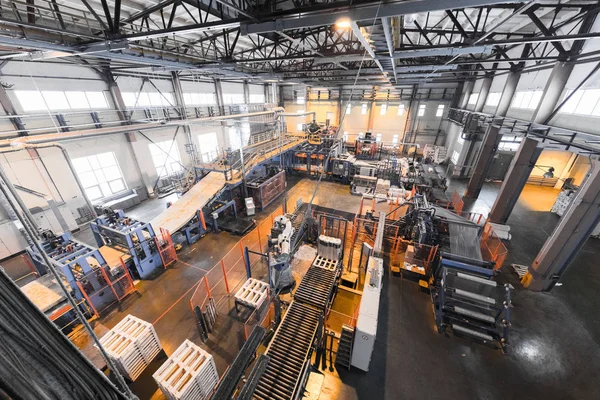
4. Reshoring as a Strategic Decision
GE Appliances’ latest announcements highlight the way that tariffs are altering production geography. The company is spending more than $3 billion to shift refrigerator, gas range, and water heater manufacturing from China and Mexico to factories in five states. CEO Kevin Nolan described how reshoring was a strategy over the longer term, but “the current trade policy makes the payback for these things much, much greater.” The new plants will incorporate robotics, automated guided vehicles, and autonomous mobile robots, taking the company’s manufacturing space to the equivalent of 33 football fields.
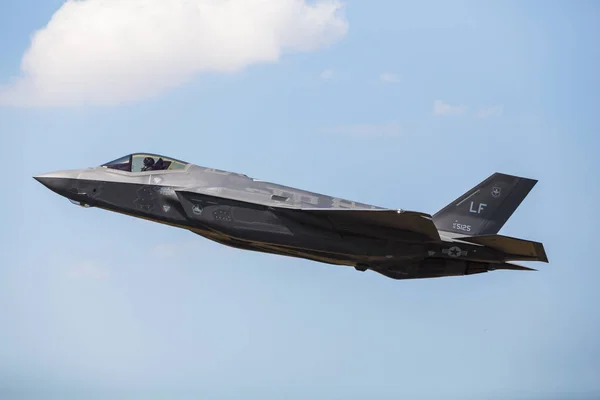
5. Tariffs’ Ripple Effect on High-Tech Defense Procurement
The influence of tariffs is not limited to consumer products. Switzerland’s $6.25 billion purchase of Lockheed Martin F-35A fighter aircraft has the possible cost overrun of over $1 billion because of American import tariffs on parts. Switzerland pays the same as the US military for Foreign Military Sales, but that baseline can be higher if the imported parts are more costly. Political blowback in Bern has rekindled discussion of whether to scrap the agreement in favor of European alternatives, demonstrating how trade policy can upend even well-negotiated defense contracts.
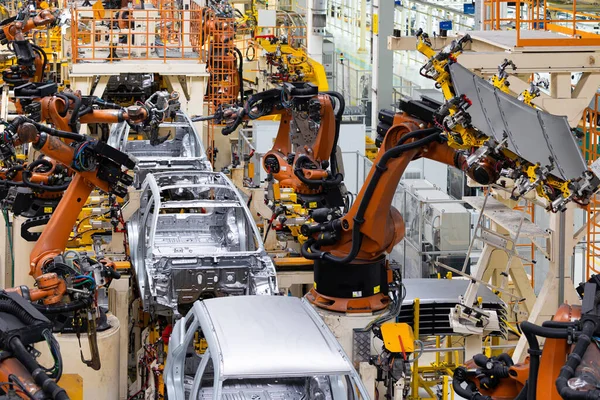
6. Cost Dynamics Between Component and Finished Goods Imports
Colorado State University’s Dr. Zachary Rogers noted that tariff structures in place today tend to affect components more than finished goods. For instance, importing a finished Japanese vehicle carries a tariff of 15%, whereas imports of components from various nations may impose rates ranging from 25% to 50%. This “arithmetic” incentivizes importers to avoid lo cal assembly, which erodes the intended benefit of increased U.S. production of intermediate goods. The consequence is an unexpected increase in imports of final goods in the face of higher aggregate tariff rates.

7. Tariffs in the Pharmaceutical and Strategic Materials Sectors
Trump has indicated pharma tariffs would rise to 250% over 18 months on grounds of national security. The suggested tariffs come following a Section 232 investigation and aim to drive drug production back onto U.S. soil. Industry officials, however, caution that such actions would be likely to create disturbances in supply chains for essential drugs and increase patient costs. At the same time, export controls and revenue-sharing conditions on AI-associated semiconductor exports to China are reshaping cross-border flows of technology, with Beijing urging companies to steer clear of some U.S.-produced chips in sensitive applications.

8. Global Trade Realignment and Market Signals
The tariff net extends across more than 90 nations, with rates from 15% on Japanese products to 55% on Chinese imports and 50% for India and Brazil. These moves are affecting commodity markets soybean futures fell below $10 a bushel after a U.S.-China truce extension pushed back on big grain purchases and fueling volatility in the stock market. Japan’s Nikkei 225 reached an all-time high on tariff relief and tech euphoria, while U.S. small business is projected to take an estimated $202 billion annual blow from compliance and increased import expenses.
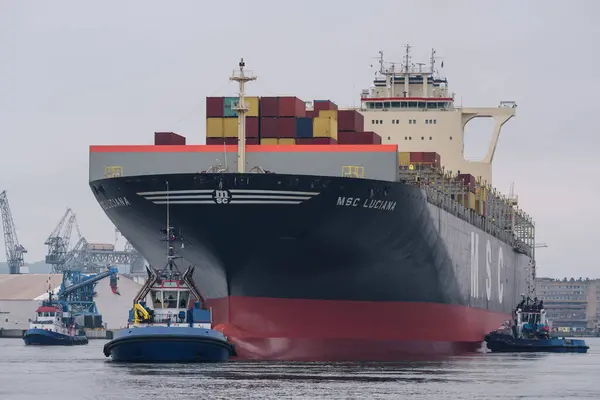
The Port of Los Angeles container surge in July could be a case study in how rapidly global supply chains can shift under policy pressure and just how deeply engineering, artificial intelligence, and strategic manufacturing choices are now interconnected with trade politics.

